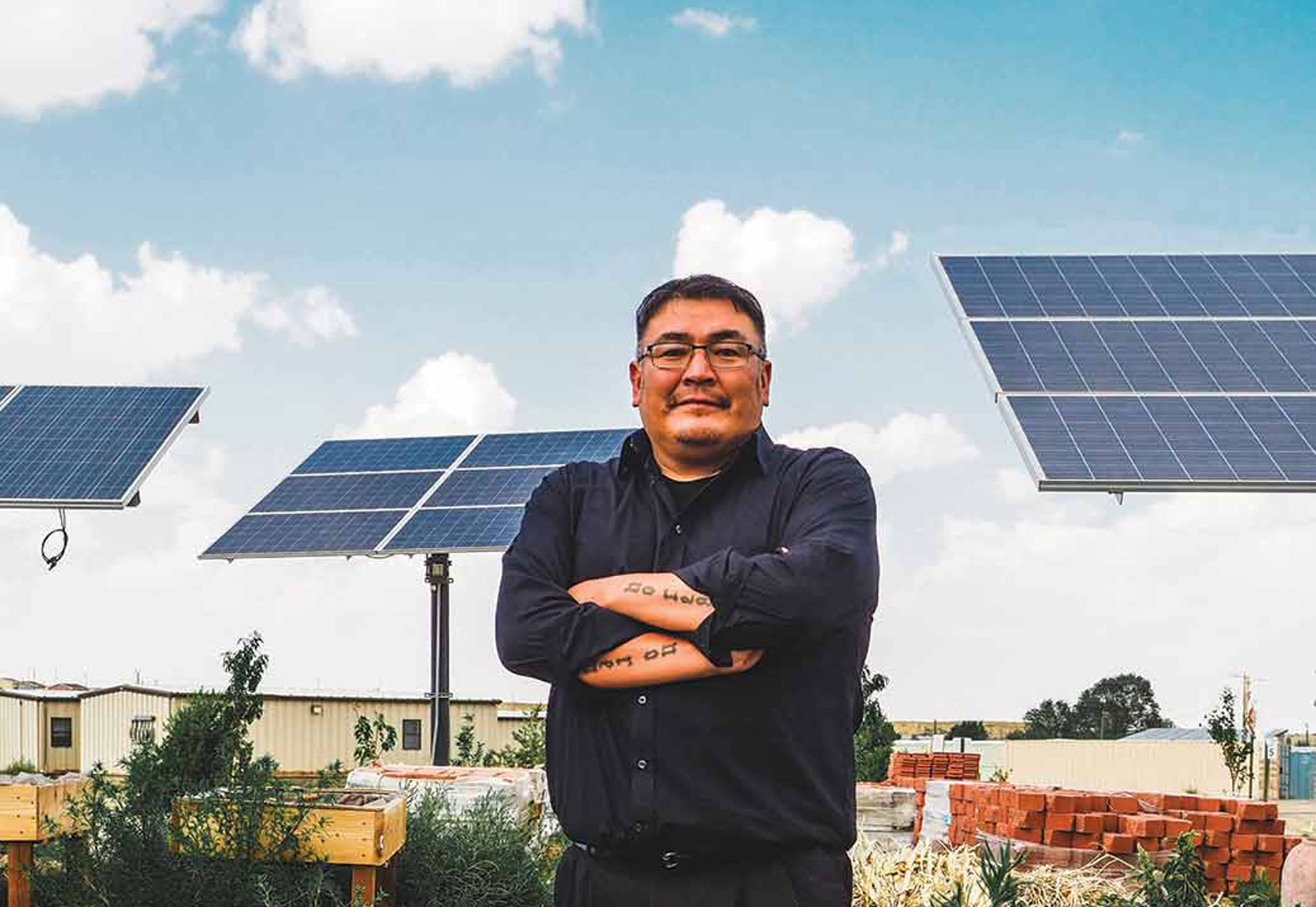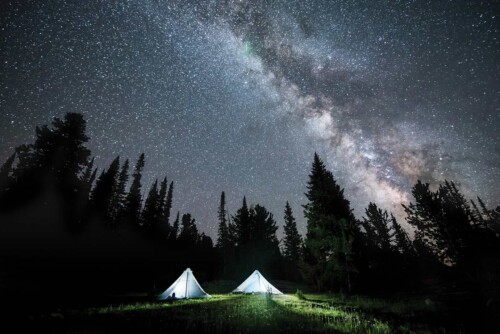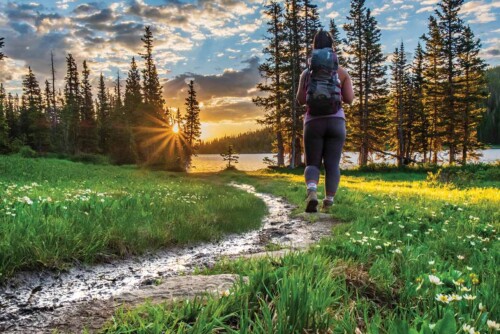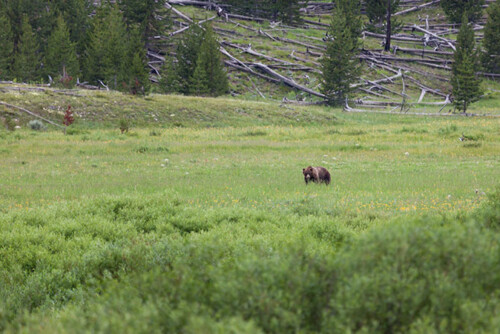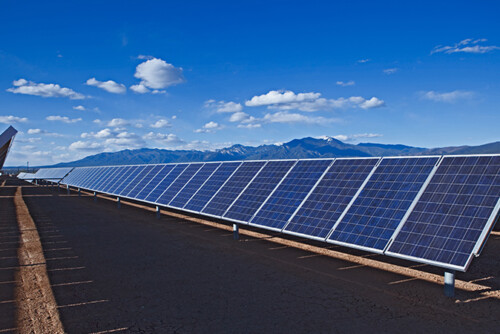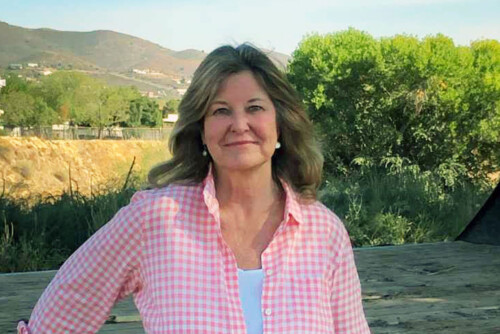By Sascha Guinn Anderson
In mid-July, Shiprock, New Mexico, high schoolers Lorrissa Cason and Akaisha Begay did something most students their age have never dreamed of: They testified to state utility regulators, urging them to approve a major solar energy and battery storage development in their community to create jobs and replace energy and tax revenue from the coal-fired San Juan Generating Station, which is scheduled to close.
“Now is the time to move from fossil fuels to renewable energy to make sure the planet we grow up in is livable,” they wrote afterward in a letter to the Santa Fe New Mexican newspaper. “Please approve the 100% solar and storage plan now for our school and for our future!”
Later that month, the regulators unanimously approved the solar and battery storage projects, which will invest over $1 billion in the local school district and create 1,200 multi-year construction jobs in the Four Corners area. It will be a sea-change for the community, which has produced the coal energy that has powered much of New Mexico for generations.
Conservationists, advocates, and organizers from the Four Corners worked hard to ensure their community’s voices were heard as state leaders debated the area’s energy transition—urging those leaders to be certain the community has the resources it needs for a just transition.
Joseph Hernandez, Diné energy organizer for NAVA Education Project, played a key role in engaging Navajo communities around renewable energy. Twenty-nine Navajo chapters are in the impacted area, and Hernandez and the NAVA Education Project, with the New Mexico Indian Affairs department and nonprofit organization Diné CARE, visited all of them within a month to listen, learn, and speak about the benefits of clean energy. These communities are diverse, and it was critical to understand the dynamics and needs of each, Hernandez said.
As the Four Corners region shifts from coal energy to renewable energy, workers will be able to get training for the new construction jobs.
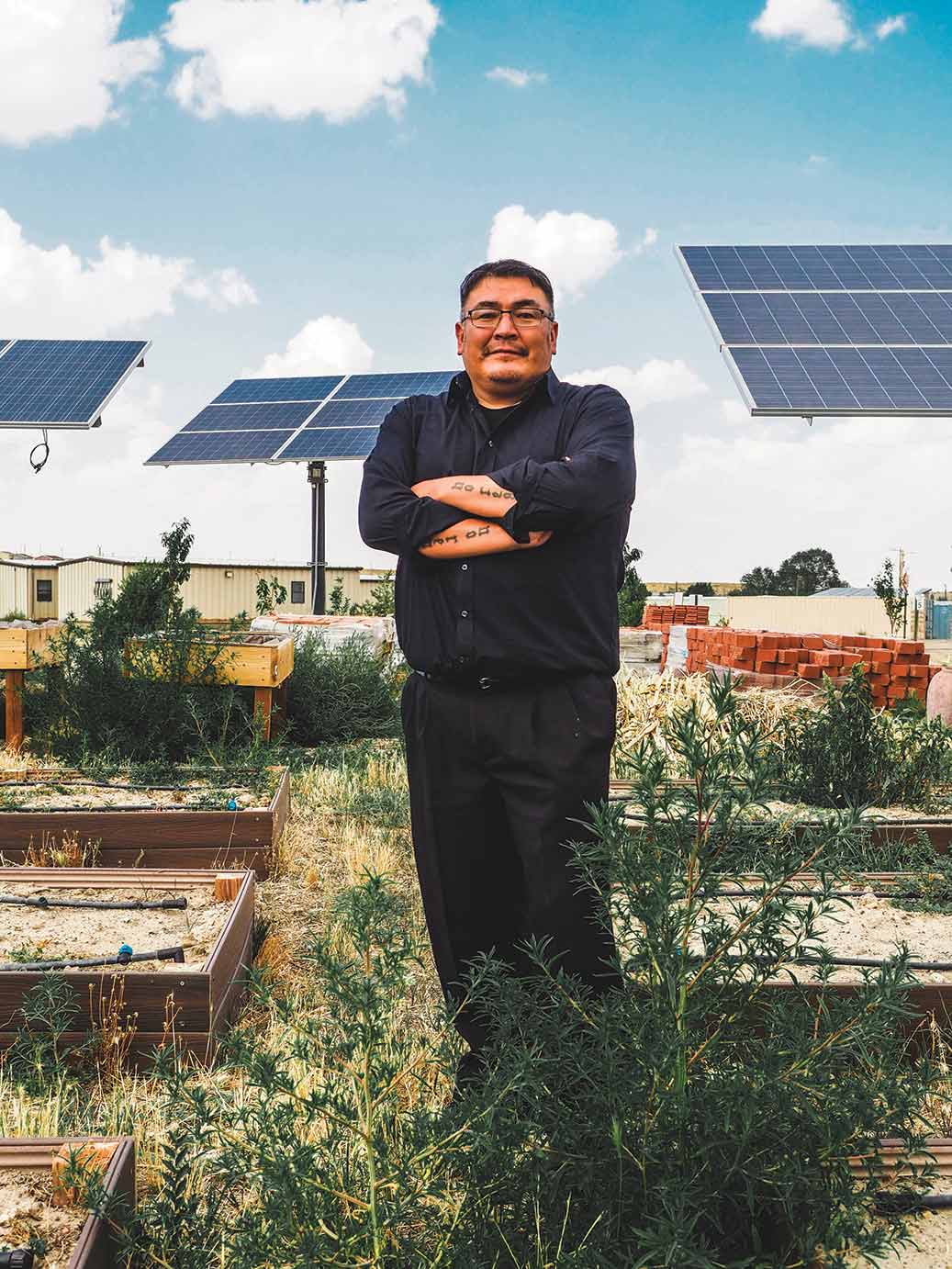
That’s important to Darrick Lee, a technical instructor for the energy systems program at Navajo Technical University, which focuses on solar and wind power.
“We’re running out of natural resources, and renewable energy makes sense,” said Lee, who advocated for the solar projects because he believes the expansion of renewable energy will create jobs and benefit Navajo communities. “There are lots of families who rely on coal and natural gas to heat their homes who could use wind or solar energy instead. There are places on the Navajo Nation that are hard to reach that could be helped with solar, too.”
While Lee sees a bright future for the Four Corners, many others in the region are still concerned.
Ahtza Dawn Chavez, NAVA Education Project executive director, said it will take time for people in the Four Corners area to embrace renewable energy after being dependent on the coal industry for generations. That’s why it was important to her to make sure the transition would leave the Four Corners communities in a position “that’s just to the people who are impacted.”
“We have to make sure we invest in those communities so that they are not left by the wayside, like they have been with extractive industries,” she said.
